 There is a lot of talk lately about families “going green,” buying organic and living more eco-friendly lives. But what exactly does this mean and how can parents incorporate green living into their day-to-day routines?
There is a lot of talk lately about families “going green,” buying organic and living more eco-friendly lives. But what exactly does this mean and how can parents incorporate green living into their day-to-day routines?
This week, Mommybites held a very timely and informative teleclass, generously sponsored by Weleda and presented by Green expert and Eco-mom, Elise Jones. Elise discussed why going green is important, organic foods, non-toxic cleaning supplies, chemical free skin and hair products, recycling, food labels, green myths, common questions and more.
In case you missed it, or would simply like ongoing reference and support, you can find a link to the recorded teleclass HERE.
To read more about Weleda’s 93-year history, unique philosophy and what makes them the best-selling natural baby brand in the U.S.*, please visit their website at usa.weleda.com.
*according to SPINS data
Elise also discussed many different websites available, such as EWG, that rates different products. Another product rating site you may find useful is GoodGuide. Here are some additional resources:
Finally, here is a blog that Elise wrote (originally posted on Mommybites.com), on the Top 12 Most Contaminated Foods and how you and your family can eat well.
Eating well is one of the most important things I do for myself and my health. It is also the best way for me to demonstrate how serious I am about my health to my children. They see me in my exercise clothes but they don’t actually see me exercise. On the other hand, the see me shop, prepare and eat my food on a daily basis. This is as real as it gets for them.
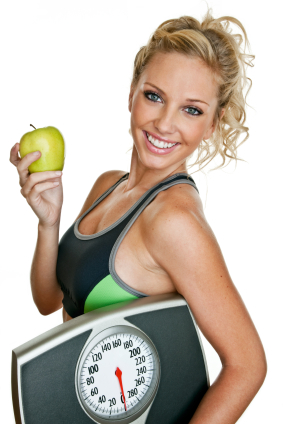 But eating well isn’t that simple, as we all know. I’m not talking about the Nutella (wink, wink) or the chocolates (but that’s good for, didn’t you hear?). I’m talking about selecting foods that aren’t just good for you but also GOOD for you. I know I repeated myself but let me explain the emphasis.
But eating well isn’t that simple, as we all know. I’m not talking about the Nutella (wink, wink) or the chocolates (but that’s good for, didn’t you hear?). I’m talking about selecting foods that aren’t just good for you but also GOOD for you. I know I repeated myself but let me explain the emphasis.
You can eat a carrot or a pear or baked salmon but if you buy non-organic carrots, pear and salmon, then you aren’t doing yourself the full service of actually eating well. All foods are not created equal; believe it or not, those carrots may be healthy but they are not good for your health. They could be contaminated or they might not be, but you have no way of knowing that unless you buy it organically.
You see when foods are slapped with the USDA organic seal, they have to meet certain criteria:
 Organic is a labeling term that indicates that the food or other agricultural product has been produced through approved methods. These methods integrate cultural, biological, and mechanical practices that foster cycling of resources, promote ecological balance, and conserve biodiversity. Synthetic fertilizers, sewage sludge, irradiation, and genetic engineering may not be used.
Organic is a labeling term that indicates that the food or other agricultural product has been produced through approved methods. These methods integrate cultural, biological, and mechanical practices that foster cycling of resources, promote ecological balance, and conserve biodiversity. Synthetic fertilizers, sewage sludge, irradiation, and genetic engineering may not be used.
There are other labels out there (free-range, cage free, natural, grass-fed, pasture-raised & humane) that DO NOT mean the same thing as organic. So be careful when you see them as all labels are not the same.
But I know organic foods are expensive but so are long-term health costs. And the saying does go “an ounce of prevention is worth a pound of cure” (Benjamin Franklin). But if you have to pick and choose (and don’t we all), here is a good way to do it.
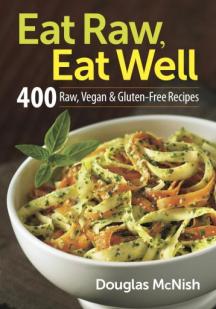 Chef Douglas McNish is just out with a book called Eat Well, Eat Raw where in it he discusses the top 12 most contaminated foods and the 12 least contaminated foods. Here is an excerpt from his book where he discusses making a good choice when buying organic.
Chef Douglas McNish is just out with a book called Eat Well, Eat Raw where in it he discusses the top 12 most contaminated foods and the 12 least contaminated foods. Here is an excerpt from his book where he discusses making a good choice when buying organic.
To help you make informed food choices, the following list — the “Dirty Dozen” — provided by the Environmental Working Group and Food News, lists the 12 foods identified as being most contaminated by pesticide residues when not grown organically. Also listed are those that are least likely to be contaminated when not grown organically.
The 12 Most Contaminated Foods
• Peaches
• Apples
• Sweet bell peppers
• Celery
• Nectarines
• Strawberries
• Cherries
• Pears
• Grapes (imported)
• Spinach
• Lettuce
• Potatoes
The 12 Least Contaminated Foods
• Onions
• Avocado
• Sweet corn (frozen)
• Pineapples
• Mango
• Asparagus
• Sweet peas (frozen)
• Kiwifruit
• Bananas
• Cabbage
• Broccoli
• Papaya
Excerpted from Eat Raw, Eat Well by Douglas McNish © 2012 Robert Rose Inc. www.robertrose.ca Reprinted with permission. All rights reserved.
So copy this list and put it in your phone or wallet/purse. It’s a short list but it’s a list that will be invaluable when trying to be healthy and eat foods that are good for you. Remember: not all foods are created equal. Eating healthy and good also requires you to look at how your foods were created. Organic is better for your health.
Elise Jones is a communications and social media professional with experience in a wide variety of industries including consumer brands, lifestyle and non-profits and is the founder of Elise Jones Consulting. She has written numerous articles on green parenting and healthy living for families and was the Mommybites blog editor and green parenting expert for over five years. Prior to working with Mommybites, Elise taught students for the New York City Department of Education and worked in public relations positions at Burson-Marsteller and Sarah Hall Productions. Elise is the mom of two lovely girls and currently resides in Palo Alto.
Like what you read? Sign up for our free newsletter so you can be informed of the latest FREE webinars & teleclasses, parenting articles, & weekly raffles.
The views and opinions expressed on this blog are purely the blog contributor’s. Any product claim, statistic, quote or other representation about a product or service should be verified with the manufacturer or provider. Writers may have conflicts of interest, and their opinions are their own.
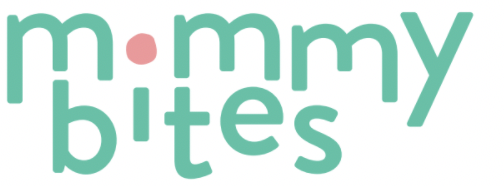
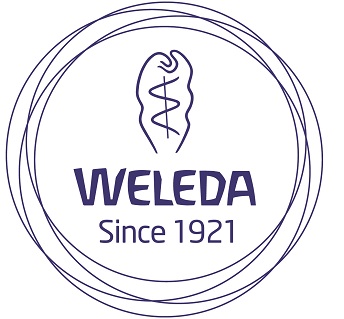
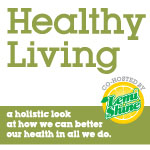
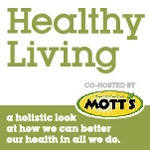
Comments are closed.